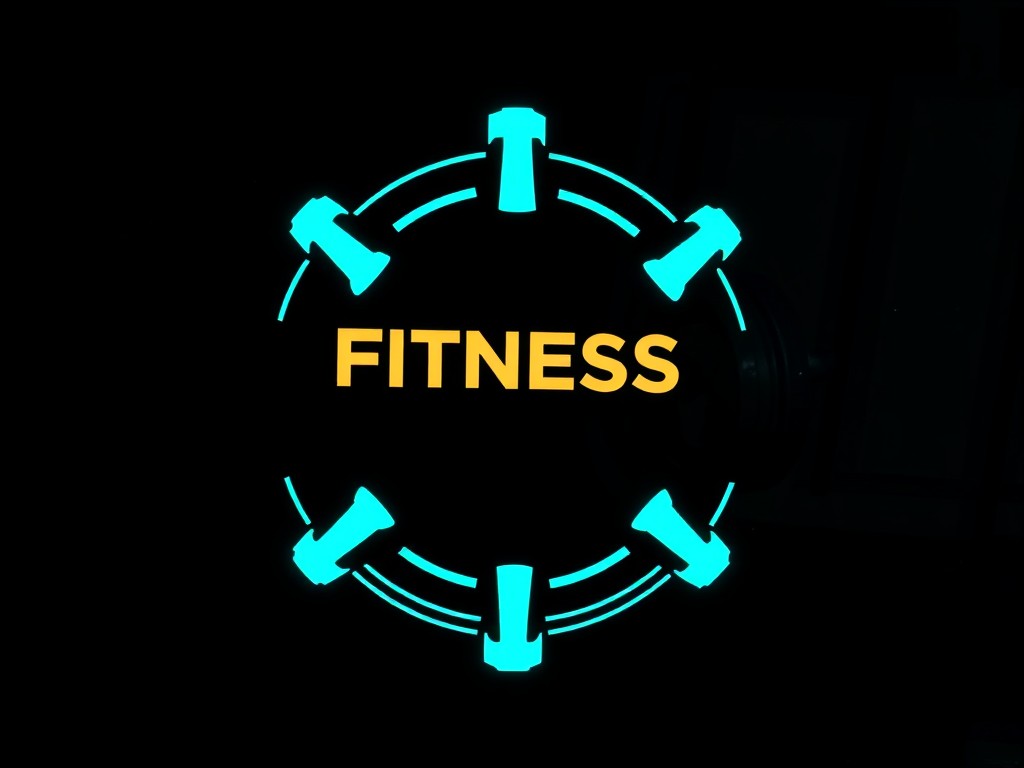When it comes to skiing, successfully mastering the sport is a matter of the right instructions coupled with practice. For beginners, learning the proper techniques from the onset is crucial for a smooth progression to advanced skiing. UK ski instructors employ various methods to impart advanced skills to beginners. These methods include visual demonstrations, verbal instructions, hands-on guidance, use of training aids, and finally, comparative methods. Let’s delve into each of these methods and understand their unique benefits in ski training.
Visual Demonstrations
The power of observation in learning cannot be overstated. Visual demonstrations are an essential part of ski instruction, particularly when teaching beginners advanced techniques. This method involves instructors performing the techniques themselves, allowing learners to observe and mimic the movements. This learning style is effective because it provides a clear picture of what’s expected, and learners can easily relate the demonstration to their own movements.
Also to discover : How can UK track and field coaches integrate mental health programs into athlete training?
For instance, when instructing on the parallel turn, a complex but fundamental technique in advanced skiing, the instructor may perform a series of these turns, pointing out key elements such as the shifting of weight from one ski to the other and the simultaneous turning of both skis. The beginners can then replicate the movements, first slowly, then gradually increasing their speed as they gain confidence.
Verbal Instructions
In addition to visual demonstrations, ski instructors use verbal instructions to guide beginners through advanced techniques. This method is often used in conjunction with demonstrations, but it can also stand on its own, notably when giving safety instructions or explaining theoretical concepts.
Also to see : How can UK hockey goalies improve their reaction times using specialized drills?
Verbal instructions are particularly useful when breaking down complex techniques into smaller, more manageable parts. For instance, the instructor might explain the steps to execute a perfect carving turn, from the initial lean into the turn to the roll of the ankles and the pressure on the downhill ski. This method allows learners to understand the mechanics behind each movement, contributing to a more effective execution.
Hands-On Guidance
Hands-on guidance is another popular method used by UK ski instructors when teaching advanced techniques. This involves the instructor physically guiding the beginner through the movements, allowing the learner to feel the correct technique’s proper execution.
This method is particularly beneficial when teaching beginners how to maintain balance, a critical aspect of advanced skiing. The instructor might hold the learner’s hands or hips, guiding them through the motions of a technique while providing real-time feedback. This approach not only helps beginners understand the correct movements but also builds their confidence as they experience the sensation of executing an advanced technique successfully.
Use of Training Aids
Training aids play a significant role in the teaching process. They can be used to simulate specific conditions or movements, allowing beginners to practice advanced techniques in a controlled environment.
For example, ski instructors might use a ski simulator to teach carving. The simulator mimics the movements and forces experienced during actual skiing, enabling beginners to practice the technique safely and at their own pace. Similarly, balance boards can be used to improve the learner’s balance and coordination, two essential skills in advanced skiing.
Comparative Methods
Finally, comparative methods offer an effective way to teach advanced techniques to beginners. This involves the instructor comparing the learner’s technique with the ideal technique, identifying areas of improvement, and providing constructive feedback.
For instance, the instructor might record the beginner executing a parallel turn or carving. By comparing the video with a demonstration of the correct technique, the learner can clearly see their mistakes and understand what they need to correct. This method encourages self-analysis and helps learners understand the nuances of each technique, promoting a thorough understanding of advanced skiing techniques.
In a nutshell, teaching advanced skiing techniques to beginners is a multifaceted process that requires a mix of different instructional methods. UK ski instructors use visual demonstrations, verbal instructions, hands-on guidance, training aids, and comparative methods to ensure their students gain a comprehensive understanding of the sport. By adopting these methods, beginners can learn the skills they need to progress in their skiing journey, paving the way for a successful and enjoyable skiing experience.
Role of Technology in Ski Instructions
With technology becoming an integral part of our lives, it’s no surprise that it’s being employed in teaching skiing as well. Smart technology, specifically, is being used by UK ski instructors to teach advanced skiing techniques to beginners. This includes the use of video analysis apps, virtual reality (VR) headsets, and even drones.
Video analysis apps allow instructors to record, replay, and analyze a learner’s performance in real-time. They can then use this footage to provide detailed feedback and point out areas for improvement. For instance, an instructor can record a beginner performing a parallel turn, play the video back in slow motion, and highlight the mistakes. This kind of visual feedback is extremely beneficial in helping learners understand and correct their technique.
Virtual Reality (VR) headsets are another smart tech tool being used in ski instructions. They provide learners with a 3D view of the ski slopes, helping them understand and visualize the movements they need to carry out. For example, a beginner could use a VR headset to ‘experience’ the sensation of carving down a steep slope, all from the safety of a controlled environment.
Drones, though not as commonly used, provide a bird’s eye view of the ski slopes, enabling instructors to monitor and analyze a learner’s performance from different angles. This can be particularly useful when teaching a group of beginners, as it allows the instructor to keep an eye on everyone at once.
The Future of Ski Instructions
As we look to the future, it’s clear that the methods used by UK ski instructors to teach advanced techniques to beginners are evolving. In addition to the traditional methods of visual demonstrations, verbal instructions, hands-on guidance, the use of training aids, and comparative methods, smart technology is making its way into ski instructions.
In the coming years, we may see an increase in the use of technology-based teaching methods. VR and Augmented Reality (AR) could be used to create immersive learning environments, where beginners can learn and practice advanced skiing techniques in a safe and controlled setting. Biometric devices could provide real-time feedback on a learner’s heart rate, body temperature, and other physiological data, helping instructors tailor their teaching methods to each individual’s needs and abilities.
With these advancements, the goal remains the same: to help beginners learn advanced skiing techniques effectively and safely, and to make skiing a more enjoyable and rewarding experience for all. This blend of traditional teaching methods and modern technology is paving the way for a new era of ski instructions, promising exciting developments in the years to come.
In conclusion, the teaching methods employed by UK ski instructors are varied and comprehensive, tailored to help beginners learn advanced techniques and progress in their skiing journey. The introduction of smart technology in ski instructions is an exciting development, offering innovative ways to teach and learn skiing. As we look to the future, it’s clear that the world of ski instructions is evolving, promising an even better learning experience for beginners.











